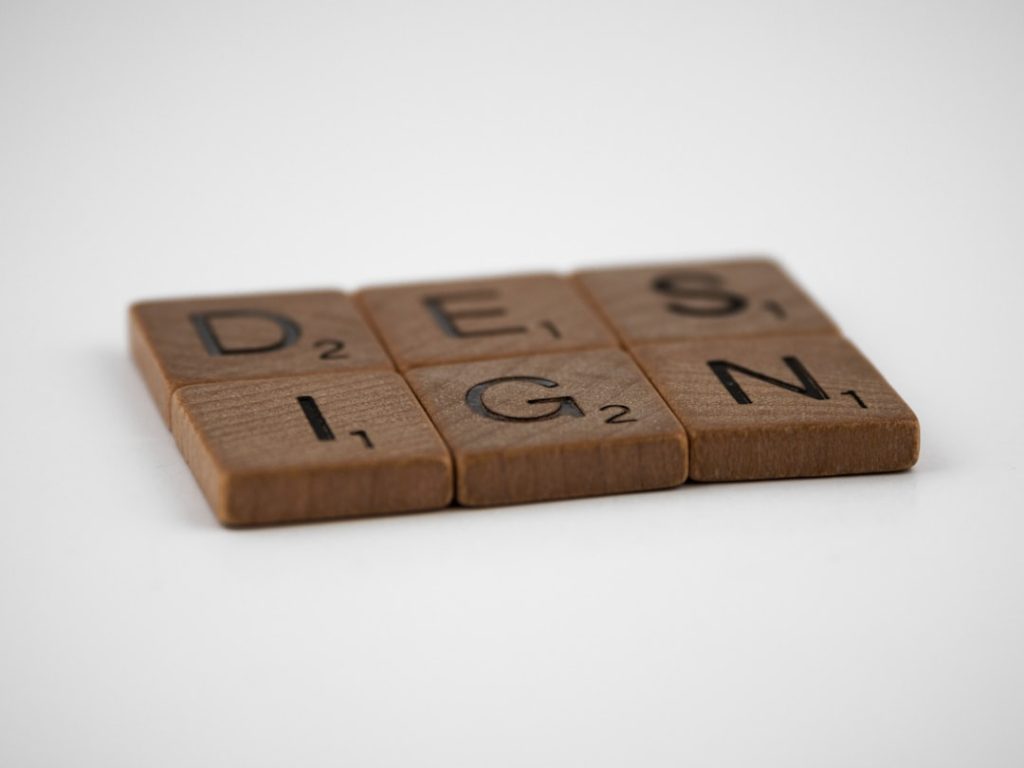In today’s competitive marketplace, a company’s logo is more than just a graphic—it’s a vital visual representation of its identity, values, and mission. A well-designed logo can effectively communicate a brand’s core message, build trust with its audience, and create a lasting impression. This is why the process of creating a logo goes far beyond aesthetic design; it involves a strategic alignment with the company’s foundational principles.
The Power of Visual Identity
A logo is often the first point of contact between a business and its potential customers. As such, it needs to convey professionalism, credibility, and clarity. When aligned with a company’s values and mission, a logo becomes a symbol of what the company stands for, forming the bedrock of its visual identity.
For example, if a company’s mission revolves around sustainability and eco-friendliness, a logo using green tones, leaf motifs, or circular shapes can evoke environmental consciousness and harmony. These subtle cues help align the viewer’s perception with the company’s brand promise.
Reflecting Core Values Through Design Elements
The various components of a logo—such as color, typography, shape, and imagery—can each play a significant role in communicating a company’s core values.
- Color: Colors evoke emotional responses and carry psychological associations. For instance, blue often represents trust and professionalism, making it a popular choice for financial and healthcare institutions.
- Typography: Serif fonts may convey tradition and reliability, while sans-serif fonts suggest modernity and simplicity. The choice of typeface should resonate with the brand’s voice and cultural context.
- Shapes: Circular shapes imply unity and community, while angular shapes can express strength and innovation.
- Imagery: Icons or symbols incorporated into the logo can communicate specific industry relevance or abstract values, such as growth, motion, or security.
Each of these elements must be carefully considered and selected to ensure that the final design truly reflects the spirit of the organization.
Communicating the Mission Statement
A company’s mission statement defines its purpose and guiding principles. Translating this abstract message into a visual logo requires deep understanding and creative interpretation. Designers often collaborate closely with business stakeholders to distill the essence of the mission and find ways to represent it aesthetically.
Take for instance a non-profit organization focused on education for underprivileged communities. The logo might include symbols of books, open hands, or light, paired with a warm and inviting color palette. These choices reinforce the mission and create an emotional connection with the audience.
Consistency Builds Trust
A well-designed logo doesn’t just reflect the company’s values and mission—it also reinforces them through consistent application. When a logo is used uniformly across all touchpoints—business cards, websites, packaging, advertisements—it reinforces brand recognition and builds consumer trust.
Inconsistent logo usage, on the other hand, can lead to confusion and erode brand integrity. That’s why companies should maintain a set of brand guidelines that define how the logo should appear in different contexts, preserving the intended message and visual integrity.
Successful Examples of Value-Centric Logo Design
Many leading companies have logos that efficiently communicate their values:
- Apple: The minimalist apple silhouette aligns with Apple’s value of simplicity and innovation in design.
- Patagonia: The mountainous logo reflects the company’s environmental activism and love for nature.
- Tesla: The sleek, futuristic design of the Tesla logo aligns with the brand’s mission to accelerate the world’s transition to sustainable energy.
These examples show that thoughtful logo design plays a crucial role in brand storytelling and connecting with the audience on a deeper level.
Conclusion
In summary, a company’s logo is much more than a decorative element—it is a strategic asset that reflects the organization’s values and mission. Through the intelligent use of design elements such as color, typography, shapes, and imagery, businesses can create logos that convey their core message, inspire confidence, and establish a memorable presence in the minds of consumers.
Ultimately, investing time and resources into crafting a logo that truly embodies a company’s essence is not just a design exercise—it’s a critical step in building a trusted, lasting brand.

